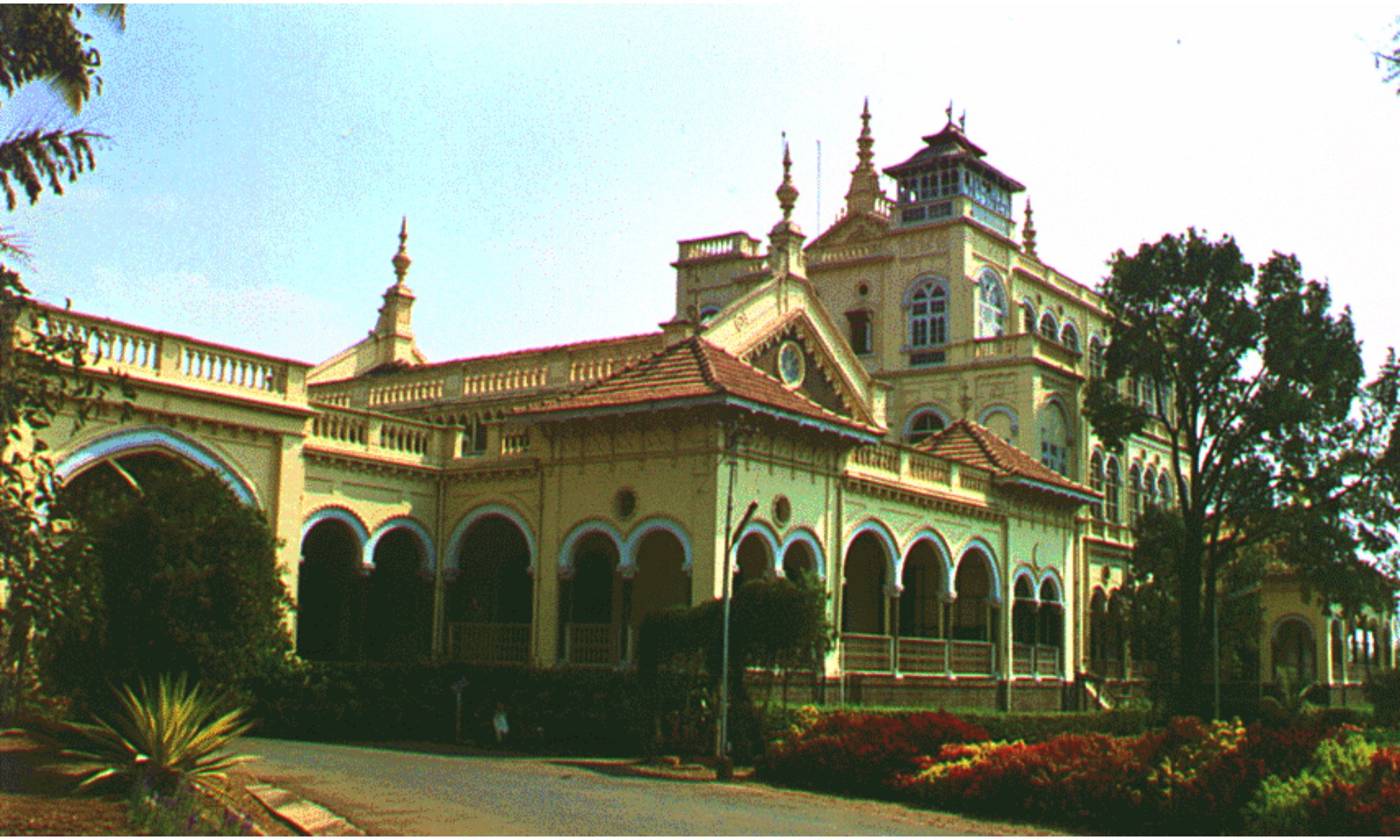Welcome to the magnificent Aga Khan Palace in Pune! This iconic landmark is not just a symbol of architectural brilliance but also a testament to India’s rich history and heritage. From its lush green gardens to its grand halls, the palace stands as a reminder of the nation’s journey through time. Whether you’re a history buff, architecture enthusiast, or simply looking for a serene spot to relax, the Aga Khan Palace has something for everyone.
The History of Aga Khan Palace
Origins and Construction
Built in 1892 by Sultan Muhammed Shah Aga Khan III, the Aga Khan Palace in Pune was originally intended to provide employment to the famine-stricken villagers of the area. The construction of this palace offered work and sustenance to hundreds, making it a beacon of hope during tough times.
Role in India’s Freedom Struggle
The palace gained significant historical importance during the Indian freedom movement. It served as a prison for Mahatma Gandhi, his wife Kasturba Gandhi, and his secretary Mahadev Desai after the launch of the Quit India Movement in 1942. The walls of this majestic palace have witnessed the trials and tribulations of some of India’s greatest leaders.
A Place of Memorials
Today, the Aga Khan Palace houses the memorials of Mahatma Gandhi, Kasturba Gandhi, and Mahadev Desai, making it a sacred site for many. These memorials are beautifully maintained and continue to attract visitors from all over the world, paying their respects to these revered figures.

Architectural Marvel
Design and Layout
The architecture of Aga Khan Palace is a harmonious blend of Italian arches and spacious lawns, creating a visually captivating experience. The palace sprawls over 19 acres, with meticulously manicured gardens that add to its charm.
Notable Features
- Sprawling Gardens: The gardens are perfect for a leisurely stroll or a peaceful retreat, filled with blooming flowers and towering trees.
- Grand Halls: The interiors boast large halls adorned with intricate designs and antique furniture, offering a glimpse into the opulent past.
- Museum: The palace also houses a museum displaying various personal items of Mahatma Gandhi, including his clothes, letters, and photographs.
Preservation Efforts
Thanks to the efforts of the Archaeological Survey of India (ASI) and the Aga Khan Foundation, the palace has been preserved meticulously. Regular maintenance ensures that the structure remains as splendid as it was over a century ago.
Why Visit Aga Khan Palace?
Historical Significance
Visiting the Aga Khan Palace is like stepping back in time. It’s a chance to walk in the footsteps of historical figures and gain a deeper understanding of India’s fight for independence. The palace stands as a silent witness to the sacrifices and struggles endured by freedom fighters.
Architectural Beauty
Whether you’re an architecture aficionado or just someone who appreciates beautiful buildings, the Aga Khan Palace won’t disappoint. The blend of Western and Eastern architectural elements is both unique and enchanting.
Serene Environment
If you’re looking for a place to unwind, the tranquil environment of the palace gardens is ideal. The serene surroundings offer a perfect escape from the hustle and bustle of city life.

Visitor Information
Timings and Entry Fee
- Timings: The palace is open to visitors from 9:00 AM to 5:30 PM every day.
- Entry Fee: There is a nominal entry fee for visitors, which goes towards the maintenance of this historic site.
How to Get There
Located in the Yerwada area of Pune, the Aga Khan Palace is easily accessible by various modes of transportation:
- By Air: The Pune International Airport is about 4 km away from the palace.
- By Rail: Pune Junction is the nearest railway station, around 5 km from the palace.
- By Road: The palace is well-connected by road, and you can easily reach it by bus, taxi, or private vehicle.

Conclusion
The Aga Khan Palace in Pune is more than just a historical monument; it’s a testament to India’s rich cultural heritage and a symbol of hope and perseverance. Whether you’re exploring the intricacies of its architecture, paying homage to the freedom fighters, or simply soaking in the tranquil ambiance, a visit to this palace is an enriching experience.
Check Out Our Short Form Content….
FAQs
1. What is the best time to visit Aga Khan Palace?
The best time to visit is during the winter months (November to February) when the weather is pleasant and ideal for exploring the gardens and the palace grounds.
2. Is photography allowed inside the palace?
Yes, photography is allowed, but it is recommended to check for any specific restrictions regarding flash photography or taking pictures inside the museum.
3. Are there guided tours available?
Yes, guided tours are available, and they provide valuable insights into the historical significance and architectural details of the palace.
4. Can I bring food inside the palace grounds?
While you can bring snacks and water, it’s advisable to refrain from littering and to respect the cleanliness and sanctity of the palace grounds.
5. Is the palace accessible for people with disabilities?
Efforts have been made to make the palace accessible, but due to its historical structure, some areas might be challenging to navigate for individuals with mobility issues.

